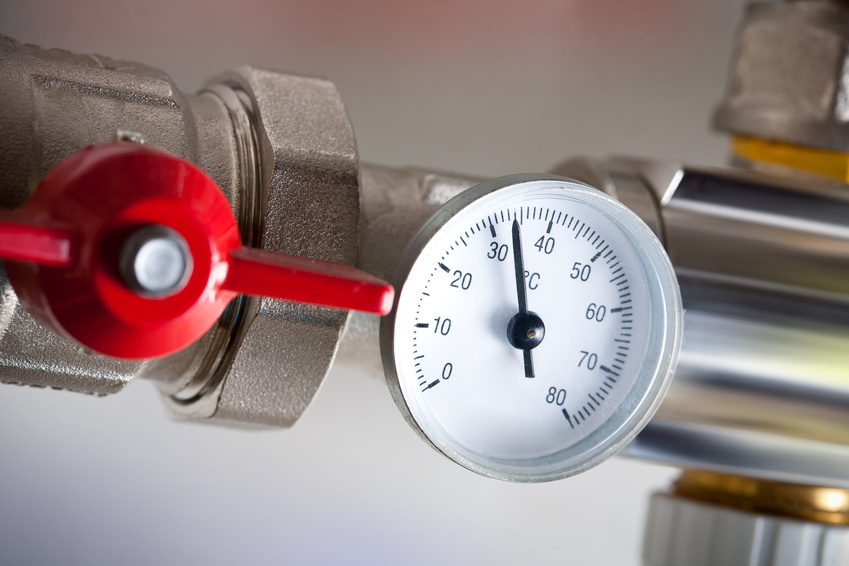
What are variable area flowmeters? These are a differential type of pressure flowmeters. They work at pressure drops that are fairly consistent, and are versatile yet simple devices used to measure liquid, gas, and steam flow. Variable area flowmeters use a float, vane or piston to operate as visual sight flow indicators of flow rate. As the rising flow rate opens a larger flow area in order to pass the liquid or gas, the position of the flow indicators is altered. Once the flow decreases, a spring or gravity forces the flow element back to its original position. Flow switches can be used to control the flow.
Different types of variable area flowmeters include vane and piston designs, tapered plugs, a rotometer orifice combination, open channel variable gates, and rotometers, which are the most common form of variable area flow meters used. A rotometer is a plastic tapered tube or vertical glass which has a metering float that moves within the tube freely. When there is no flow, the (float) stays at the bottom of the glass or tube. When there is fluid flow, the metering float starts to rise, and the float position changes in synch with the flow rate. The float gets lifted when the flow is higher. There are several advantages to using the rotameter, whcih include simplicity, a low pressure drop, a wide range, linear output, and affordability.
Turbine flowmeters, which are not variable area flowmeters, rotate a pinwheel, or rotor, in a fluid stream by using the mechanical energy of fluid. The angle blades allow the rotor to transform flow energy into rotational energy, spinning on bearings that allow the rotor to spin proportionately faster with the faster moving fluid. There are many potential applications of turbine flowmeters, especially because they work for a number of various materials. Common uses are for chemical, water and petroleum industries.